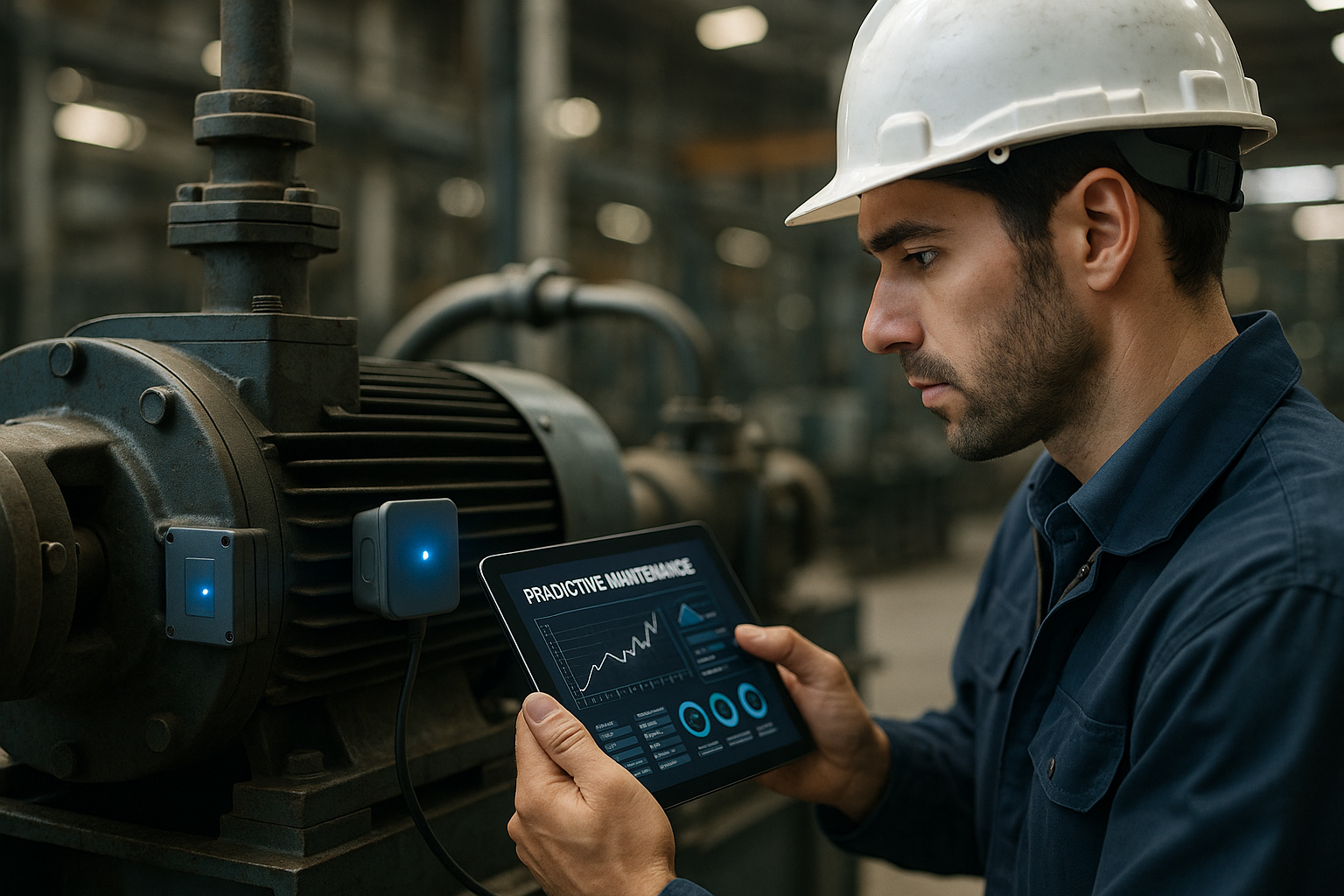Measuring Facility Energy Use with Submetering and Benchmarking
Practical approaches to measuring energy at the facility level help operations teams identify waste, validate efficiency projects, and track progress toward sustainability goals. This article outlines how submetering and benchmarking work together to deliver actionable insight for manufacturing and industrial sites.

Accurate measurement of energy use is the foundation of any effective efficiency or sustainability program. Submetering and benchmarking provide complementary capabilities: submetering captures granular, equipment- or zone-level consumption data, while benchmarking compares performance against standards, historical baselines, or peer facilities. Together they reveal where energy is consumed, why spikes occur, and which improvement projects will yield the best returns.
How does submetering work in manufacturing facilities?
Submetering installs additional meters on distribution panels, production lines, HVAC zones, compressed air systems, or large motors to isolate consumption from the main utility meter. In manufacturing environments this allows plant engineers to attribute usage to specific processes, shifts, or pieces of equipment. Data from submeters can be collected via wired or wireless networks and fed into energy management systems. Typical outcomes include identifying malfunctioning equipment, uncovering phantom loads, and establishing baseline consumption for targeted retrofits.
Can IoT and digitization improve benchmarking?
Digitization and IoT platforms enable continuous, high-resolution data collection from submeters and sensors. When combined with cloud analytics, facilities can benchmark performance in near real time against historical trends, industry norms, or customized key performance indicators (KPIs). Automated dashboards and alerts help operations spot deviations quickly, quantify savings after interventions, and support reporting for sustainability frameworks. The richer the dataset (power, runtime, temperatures, production output), the more meaningful and normalized the benchmarking becomes.
What role do automation and robotics play in energy measurement?
Automation and robotics change both consumption patterns and measurement needs. Automated lines and robotic cells often have variable loads depending on duty cycles and part mix. Submetering at the cell or robot level clarifies energy per piece or per cycle, enabling energy-aware production scheduling and optimization. Automation systems can also consume and provide metadata to energy platforms—allowing synchronization between production events and energy spikes, which supports targeted control strategies and predictive maintenance.
How does submetering support sustainability and decarbonization efforts?
For organizations pursuing decarbonization, submeters provide the data needed to calculate scope 1 and scope 2 emissions more accurately, evaluate the impact of onsite generation or storage, and prioritize electrification projects. Benchmarking against peers or internal targets clarifies progress toward carbon intensity goals. Submetering also aids verification of renewable integrations (e.g., solar) by distinguishing process loads served by renewables from those still dependent on grid power.
What are retrofitting, maintenance, and compliance considerations?
Retrofitting with submeters often requires coordination with electrical contractors, adherence to safety standards, and minimal disruption to production. Maintenance teams benefit from submeter data because it helps detect motor inefficiency, unbalanced loads, or failing components before they cause downtime. From a compliance perspective, accurate measurement supports regulatory reporting, incentive program qualification, and audit trails. Planning should include cybersecurity for IoT endpoints, calibration schedules, and data governance practices.
How can upskilling, safety, quality, and the supply chain benefit?
Introducing submetering and benchmarking raises the need for staff capable of interpreting energy data. Upskilling plant engineers and operators in data literacy and basic analytics translates readings into actions. Improved energy visibility often correlates with better process control, which can enhance product quality and reduce rework. At the supply chain level, demonstrating energy performance and lower carbon intensity supports supplier assessments and customer reporting, while safety improves when electrical loads and equipment health are monitored closely.
Conclusion Submetering and benchmarking form a practical framework for turning raw energy consumption into strategic insight. Submeters reveal where and when energy is used, IoT and automation integrate measurement into operational workflows, and benchmarking converts data into context for decision-making. Together they support efficiency investments, retrofits, decarbonization strategies, and improved maintenance and quality outcomes, provided organizations plan for installation, data management, and staff capability development.





